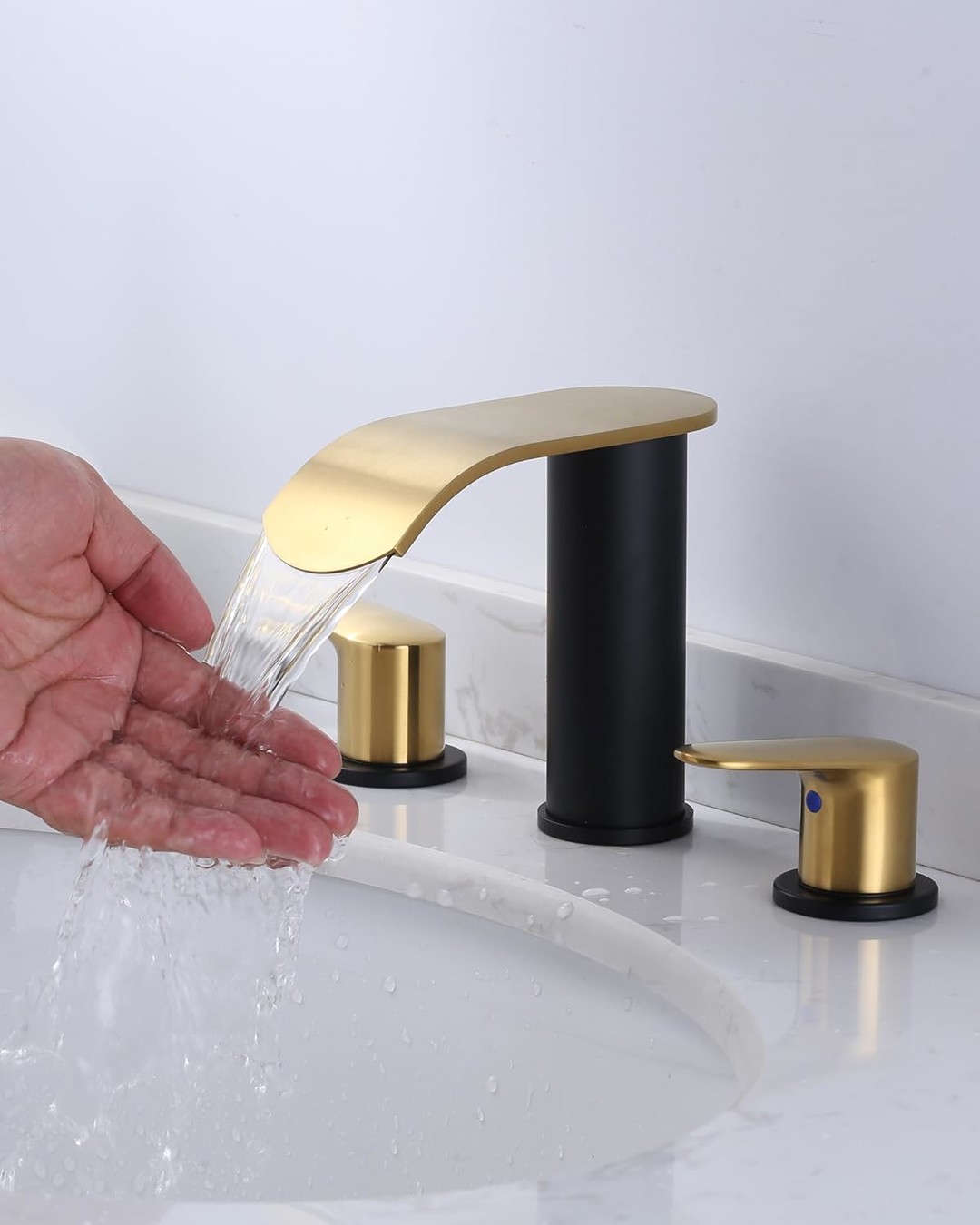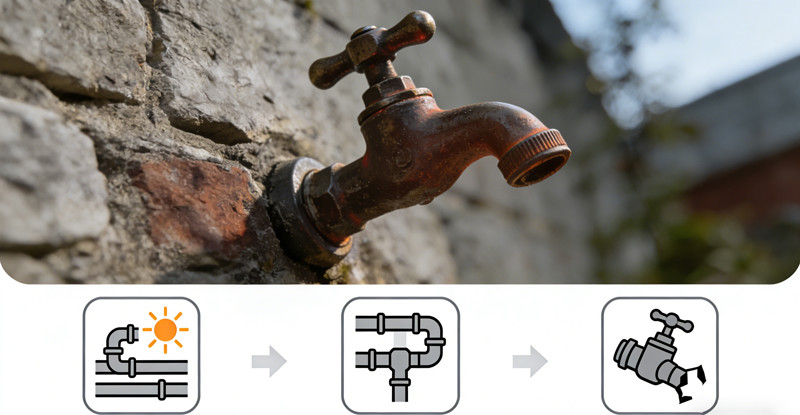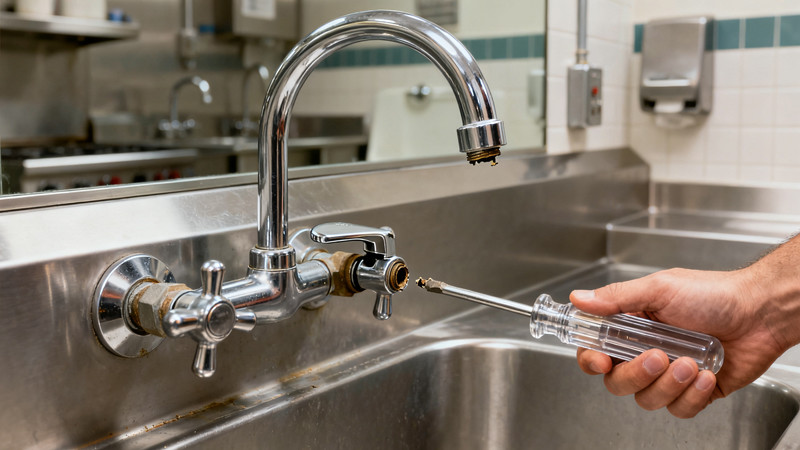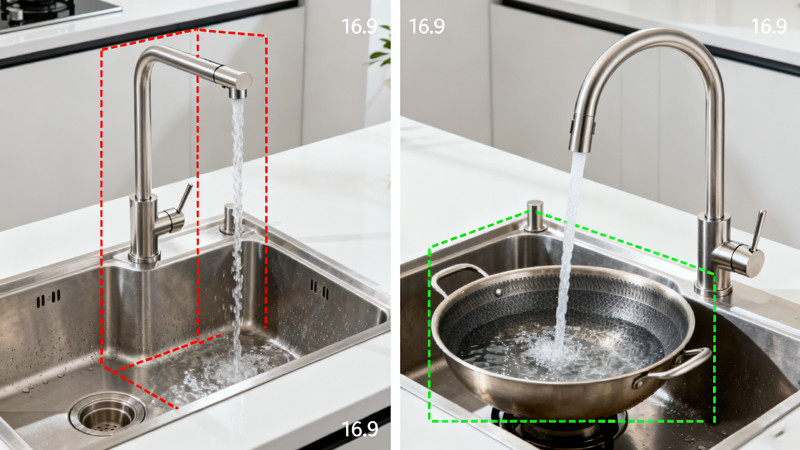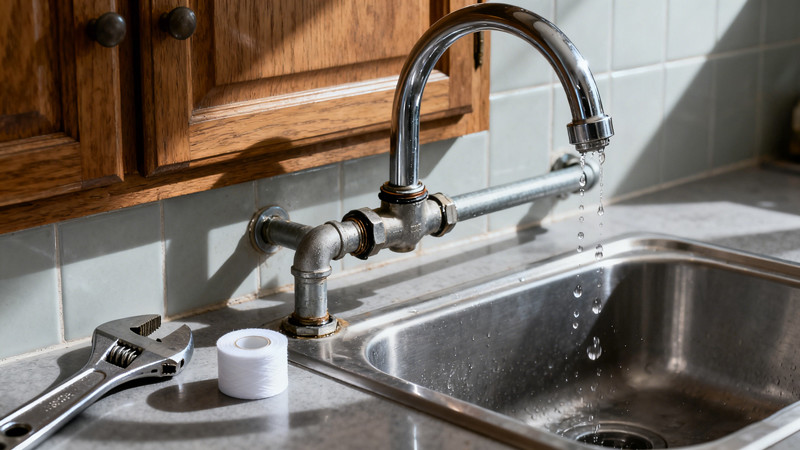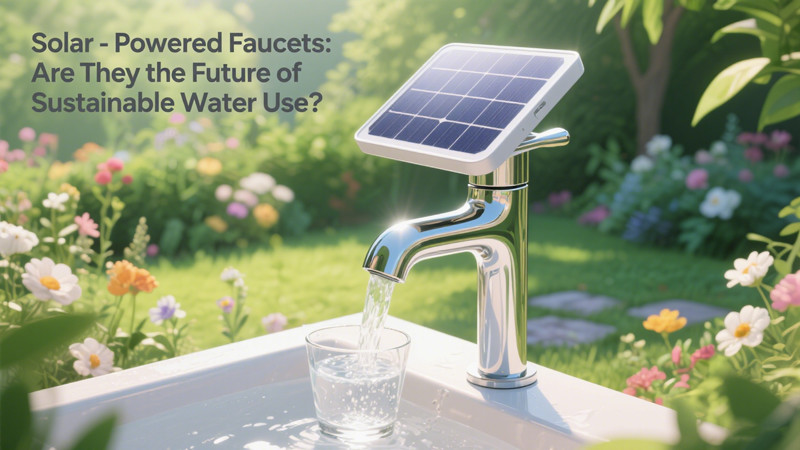
As we move into an era where sustainability is more important than ever, homeowners and businesses alike are turning to smarter, greener technologies. One innovation making quiet yet significant strides is the solar-powered faucet. While traditional faucets continue to serve their purpose, solar-powered models are carving out a niche in the world of energy efficiency, water conservation, and modern design.
But what exactly is a solar-powered faucet, how does it work, and is it worth investing in for your kitchen or bathroom? Let’s dive into the world of this eco-friendly upgrade.
What is a Solar-Powered Faucet?
A solar-powered faucet is a water fixture that uses energy from solar panels—usually compact photovoltaic cells built into the faucet or installed nearby—to power its electronic components. These components typically control features like:
- Motion sensors for touchless operation
- Temperature regulation
- LED indicators
- Automatic shut-off timers
Unlike conventional touchless faucets that rely on batteries or are hardwired into the electrical system, solar faucets operate off clean, renewable solar energy. Many models also include a backup battery system to ensure consistent functionality even when sunlight is minimal.
How Do Solar Faucets Work?
Solar-powered faucets are surprisingly simple in concept:
- Photovoltaic cells (often located at the top or base of the faucet) capture sunlight and convert it into electrical energy.
- This energy is stored in rechargeable batteries inside the faucet unit.
- The electricity powers the infrared motion sensor that activates water flow when your hands are detected.
- Once your hands move away, the faucet automatically shuts off—helping conserve water.
These faucets are often paired with low-flow aerators, further enhancing water efficiency without compromising performance.
Benefits of Solar-Powered Faucets
1. 🌞 Energy Efficiency
One of the biggest draws is the use of clean energy. Solar-powered faucets reduce dependency on household electricity or disposable batteries, making them an environmentally sound choice. For commercial settings, especially in high-traffic bathrooms, this can translate into substantial energy savings over time.
2. 💧 Water Conservation
Like all sensor-based faucets, solar models eliminate the chance of a tap being accidentally left on. Most also come with built-in auto shut-off features, ensuring water stops flowing after a set time. This is especially beneficial in public spaces, schools, or busy households.
3. 🧼 Hygienic and Hands-Free
Touchless faucets help reduce the spread of germs and bacteria, making them ideal for both kitchens and bathrooms. This became particularly relevant during the COVID-19 pandemic, and demand for contactless plumbing fixtures has only grown since.
4. 🔧 Easy Installation
Most residential solar faucets are designed for simple installation. You won’t need extensive electrical wiring or complex plumbing adjustments—just mount the faucet, secure the solar panel (if separate), and connect it to your water supply.
5. 🏠 Modern Appeal
With sleek finishes, minimalistic designs, and smart features, solar-powered faucets easily complement modern or futuristic interior aesthetics.
Limitations to Consider
Despite their advantages, solar-powered faucets are not without limitations:
1. ☁️ Dependence on Light Availability
If your bathroom or kitchen lacks natural light, the faucet may rely on its backup battery more frequently. In windowless bathrooms, you might need an external solar panel or supplemental charging options.
2. 💰 Higher Upfront Cost
Solar faucets tend to be more expensive than standard or even regular sensor faucets. The added cost comes from the integration of solar cells and advanced electronics. However, this investment often pays off in reduced utility bills and lower maintenance.
3. 🔋 Battery Maintenance
Most solar faucets use lithium-ion or nickel-metal hydride (NiMH) batteries that can last several years. But eventually, these batteries need replacing, and not all users are comfortable performing this task on their own.
Best Use Cases for Solar-Powered Faucets
- Public Restrooms: Airports, shopping malls, and schools where hygiene and efficiency are top priorities.
- Green Homes: For homeowners seeking LEED certification or lowering their carbon footprint.
- Off-Grid Cabins or Eco-Lodges: Where sustainable infrastructure is essential.
- Commercial Kitchens: Where frequent faucet use can lead to high utility bills.
Popular Brands and Models
Several brands now offer solar-powered faucet models. Some of the most reputable include:
- TOTO EcoPower Series – Known for its durable and reliable solar sensor faucets.
- Moen M•Power – Includes solar-assisted models designed for commercial restrooms.
- Zurn Z6955 – A commercial-grade solar sensor faucet ideal for high-use environments.
These models often include options for temperature mixing, vandal-resistant designs, and adjustable sensor ranges.
Are Solar Faucets the Future?
As climate awareness grows and technologies improve, solar-powered faucets are increasingly viewed not just as novelties, but as practical solutions. With global water scarcity and energy efficiency becoming more pressing, innovations like these are a small yet impactful way to build a sustainable future.
For homeowners, a solar-powered faucet may seem like a modest upgrade, but it sends a strong message: you care about the planet, your water use, and your family’s hygiene. In commercial settings, they signal eco-conscious leadership and cost-savvy management.
Final Thoughts
Solar-powered faucets may not be for everyone—yet. But if you’re remodeling, building new, or simply upgrading your fixtures, it’s worth considering a model that blends technology, sustainability, and style into one forward-thinking package.
Whether you’re driven by aesthetics, savings, or the environment, a solar-powered faucet might just be the small change that leads to a big difference.
 WOWOW Faucets
WOWOW Faucets